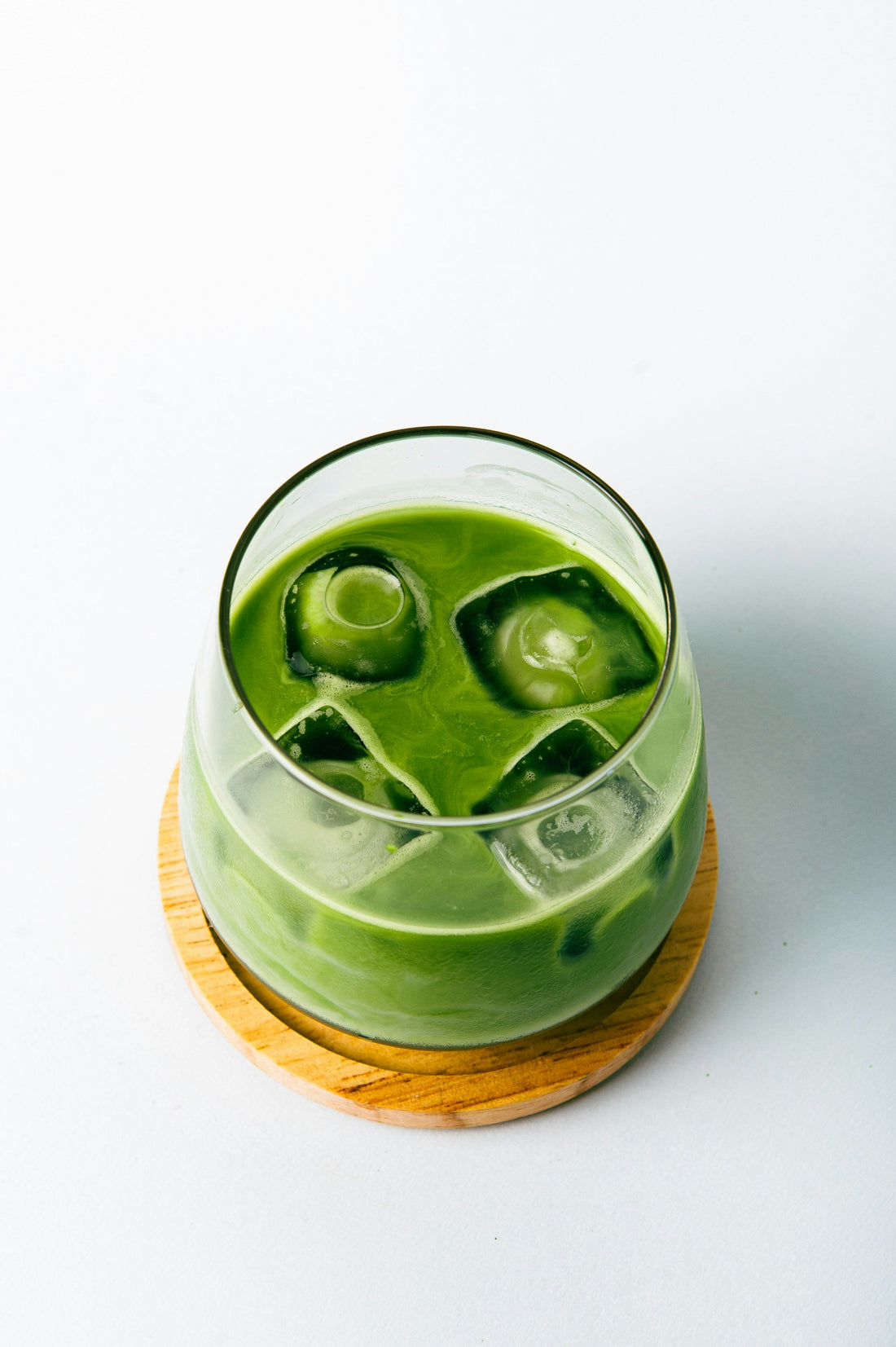
Beginner's Guide to Matcha
Matcha has been a staple of Japanese culture for centuries, but it's recently gained attention worldwide as a healthier form of caffeine. If you've seen vibrant green lattes or heard people rave about its benefits, you may wonder what makes this powdered tea so special. Let's break it down.
What Is Matcha?
Matcha is made from shade-grown tea leaves that are carefully processed and ground into a fine powder. Unlike regular tea, where leaves are steeped and discarded, matcha allows you to consume the entire leaf, bringing you a more concentrated dose of antioxidants, nutrients, and flavor. Its taste is a unique blend of umami and natural sweetness, with a creamy texture.
Why Choose Matcha?
Matcha isn't just another tea; it's a nutrient-rich super drink. Its blend of caffeine and L-theanine provides calm, focused energy without the jitters or crashes often associated with other forms of caffeine. Packed with antioxidants like EGCG, matcha supports heart health, metabolism, skin health, and overall wellness.
Types of Matcha
Matcha is categorized as ceremonial grade or culinary grade in the US. However, in Japan, matcha is only graded by quality, not by these strict categories. High-quality matcha is ideal for drinking on its own or in a latte, while lower grades are perfect for smoothies or baking.
How to Make Matcha
Preparing matcha is simple and can be as traditional or modern as you like:
- Scoop: Sift 1/2 to 1 teaspoon of matcha into a bowl
- Add Water: Pour 2 ounces of cold or hot water (no more than 175°F/80°C )
- Whisk: Use a bamboo whisk in “M” motions until frothy
- Enjoy: Sip as is for traditional usucha, or customize with milk, ice, or sweeteners for your perfect drink
Now that you've learned the basics of matcha, discover this vibrant green drink with Matt's Matcha, crafted for quality, flavor, and health benefits. Explore our site, and experience how matcha can transform your daily ritual.